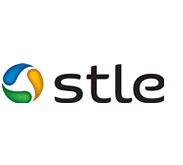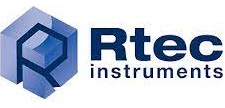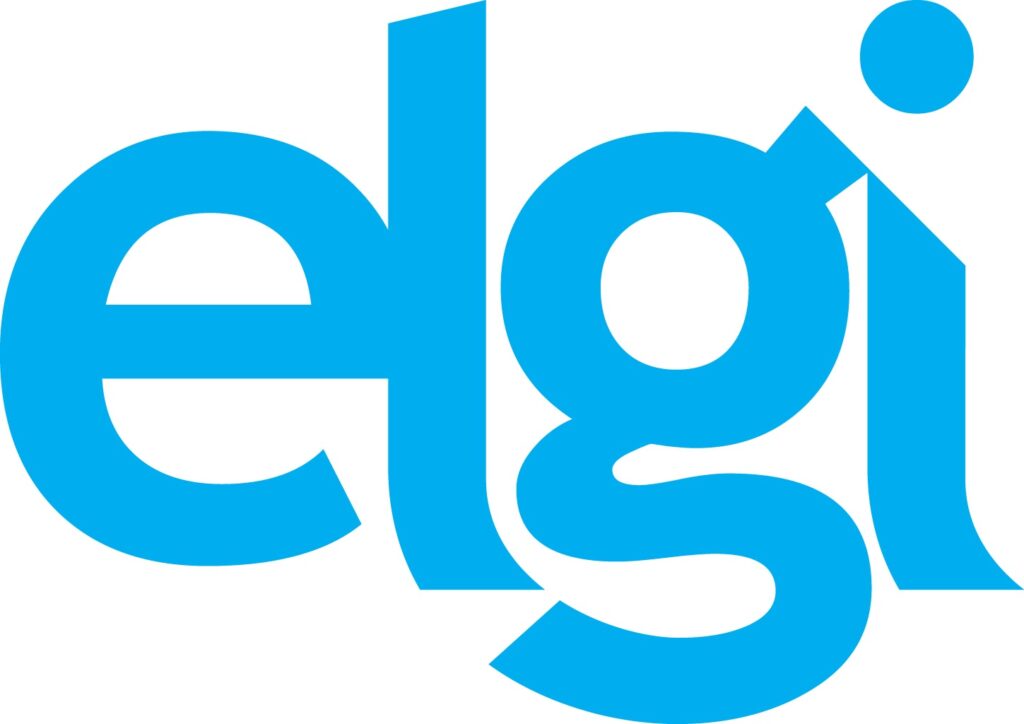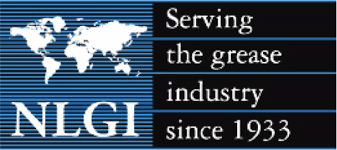Administration of the project
Contact mechanics challenge results
The Contact-Mechanics Challenge completed
In late 2015 we posed the Contact-Mechanics Challenge. This has now been completed and the winner is—the field of tribology.
BECAUSE TRIBOLOGY IS THE STUDY OF contacting bodies in relative motion, a fundamental issue is to understand the nature of the interfacial contact as a function of load for a particular combination of materials. While the contact problem for smooth objects is generally analytically soluble, and always straight-forward to tackle computationally, real engineered surfaces are almost never smooth.
A solution to the problem of contacting rough surfaces was first addressed analytically just over 50 years ago by STLE member Jim Greenwood from Cambridge University,
UK, this year’s winner of the STLE International Award. This approach has become known as the Greenwood-Williamson model.1
During the intervening 50 years, a bewildering array of contact models have been developed, consisting of both analytical models that extend Greenwood and William-son’s ideas, and numerical models with different levels of complexity. Consequently, it has become very difficult for experimentalists to decide which approach they should use to model a particular property and how accurately it reproduces reality.

The response to the challenge was overwhelmingly positive with contributions from 12 groups from Austria, England, France, Ger-many, Italy, Iran, The Netherlands, Taiwan and the U.S., which submitted 13 different approaches from more than 30 co-authors. These included analytical solutions based on Greenwood-Williamson-inspired models or Persson fractal-based theories as well as computational models. The results were then analyzed, compared and summarized by Müser and Greenwood.3
An example of the results is shown in Figure 1, which compares the contact topographies of the reference (GFMD) solution with those obtained using an all-atom molecular-dynamics simulation. While we had anticipated that theorists would respond to this challenge, the group of professor Greg Sawyer of
the University of Florida took an experimental approach by 3D printing the rough surface and directly measuring the real contact area using a frustrated total-internal-reflection method. The results also are displayed in Figure 1 and show remarkable agreement with the theoretical predictions.
In addition to the summary of the result in reference [3], several co-authors have submitted companion papers that describe their analysis of this problem in greater detail.
This paper and its companions will provide an important resource not only for experimentalists wishing to know which method is the best one to use to analyze their results but also for theorists striving to improve and simplify methods for analyzing rough surfaces. In recognition of the importance of this work to the tribology community, Springer-Nature has made this an open-access paper, making it available to the tribology community worldwide at https://doi.org/10.1007/ s11249-017-0900-2.

Eddy Tysoe (left) is a distinguished professor of physical chemistry at the University of Wisconsin-Milwaukee. You can reach him at [email protected].
Nic Spencer (right) is professor of surface science and technology at the ETH Zurich, Switzerland, and editor-in-chief of STLE-affiliated Tribology Letters journal. You can reach him at [email protected].
FURTHER READING
- Greenwood, J.A. and Williamson, J.B.P. (1966), “Contact of nominally flat surfaces,” Proceedings of the Royal Society of London, Mathematical and Physical Sciences, A295, pp. 300-319.
- Tysoe, W.T. and Spencer, N.D. (2015), “Contact-mechanics challenge,” TLT, 71, p. 96.
- Müser, M.H. and 34 co-authors. (2017), “Meeting the contact-mechanics challenge” Tribology Letters.
Material provided by TLT magazine.






